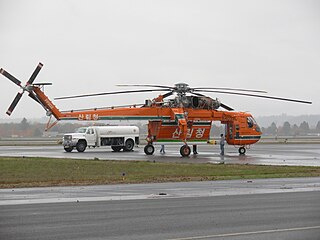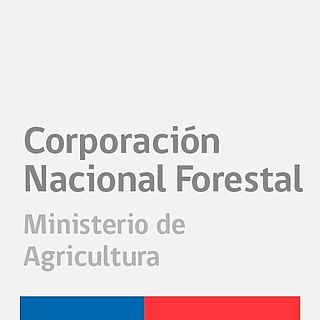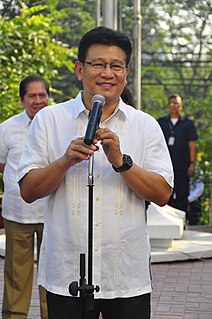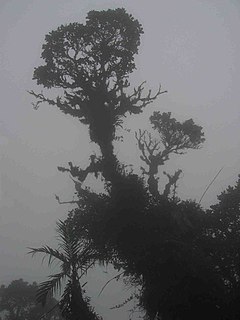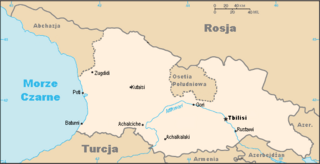

CARPE the Central African Regional Program for the Environment is a United States Agency for International Development (USAID) initiative aimed at promoting sustainable natural resource management in the Congo Basin. It aims at protecting the forest in countries such as Gabon, Cameroon and the Republic of the Congo providing critical habitat for biodiversity conservation. CARPE works to reduce the rate of forest degradation and loss of biodiversity by supporting other groups and working together towards an increased local, national, and regional framework for natural resource management. [1]
The United States Agency for International Development (USAID) is an independent agency of the United States federal government that is primarily responsible for administering civilian foreign aid and development assistance. With a budget of over $27 billion, USAID is one of the largest official aid agencies in the world, and accounts for more than half of all U.S. foreign assistance—the highest in the world in absolute dollar terms.

The Congo Basin is the sedimentary basin of the Congo River. The Congo Basin is located in Central Africa, in a region known as west equatorial Africa. The Congo Basin region is sometimes known simply as the Congo.
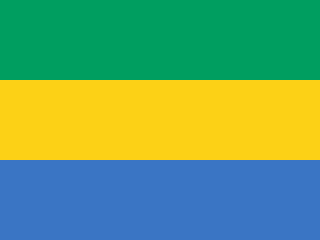
Gabon, officially the Gabonese Republic, is a country on the west coast of Central Africa. Located on the equator, Gabon is bordered by Equatorial Guinea to the northwest, Cameroon to the north, the Republic of the Congo on the east and south, and the Gulf of Guinea to the west. It has an area of nearly 270,000 square kilometres (100,000 sq mi) and its population is estimated at 2 million people. Its capital and largest city is Libreville.

Since 1997, CARPE has worked in protected areas such as the Minkébé National Park in north-east Gabon and has worked together with agencies such as the WWF and provided funding along with the European Union, UNESCO, the Netherlands Development Cooperation and the French Global Environment Facility (FFEM).

Minkébé National Park is a national park in the extreme northeast of Gabon. It covers an area of 7,570 km2. The WWF recognized it as an area needing protection as early as 1989 and has been actively working towards protecting the forest since 1997. The park was established as a provisional reserve in 2000 but the Minkébé National Park itself was officially recognized and established by the Gabonese government in August 2002. It is recognized as a critical site for conservation by the IUCN and has been proposed as a World Heritage Site.

The World Wide Fund for Nature (WWF) is an international non-governmental organization founded in 1961, working in the field of the wilderness preservation, and the reduction of human impact on the environment. It was formerly named the World Wildlife Fund, which remains its official name in Canada and the United States.

The European Union (EU) is a political and economic union of 28 member states that are located primarily in Europe. It has an area of 4,475,757 km2 (1,728,099 sq mi) and an estimated population of about 513 million. The EU has developed an internal single market through a standardised system of laws that apply in all member states in those matters, and only those matters, where members have agreed to act as one. EU policies aim to ensure the free movement of people, goods, services and capital within the internal market, enact legislation in justice and home affairs and maintain common policies on trade, agriculture, fisheries and regional development. For travel within the Schengen Area, passport controls have been abolished. A monetary union was established in 1999 and came into full force in 2002 and is composed of 19 EU member states which use the euro currency.







